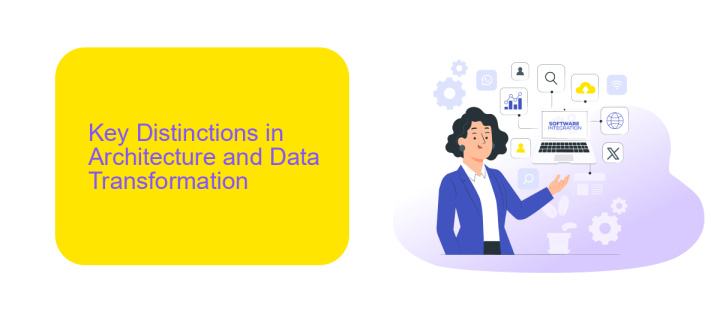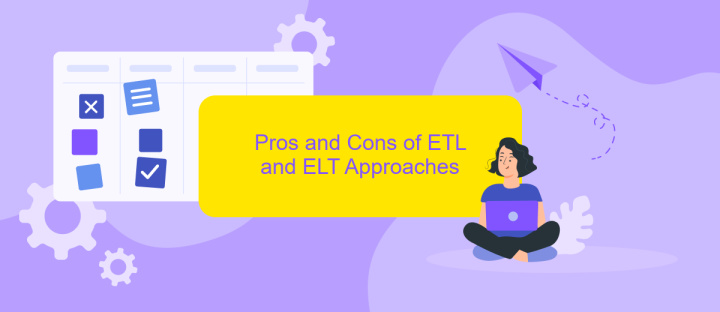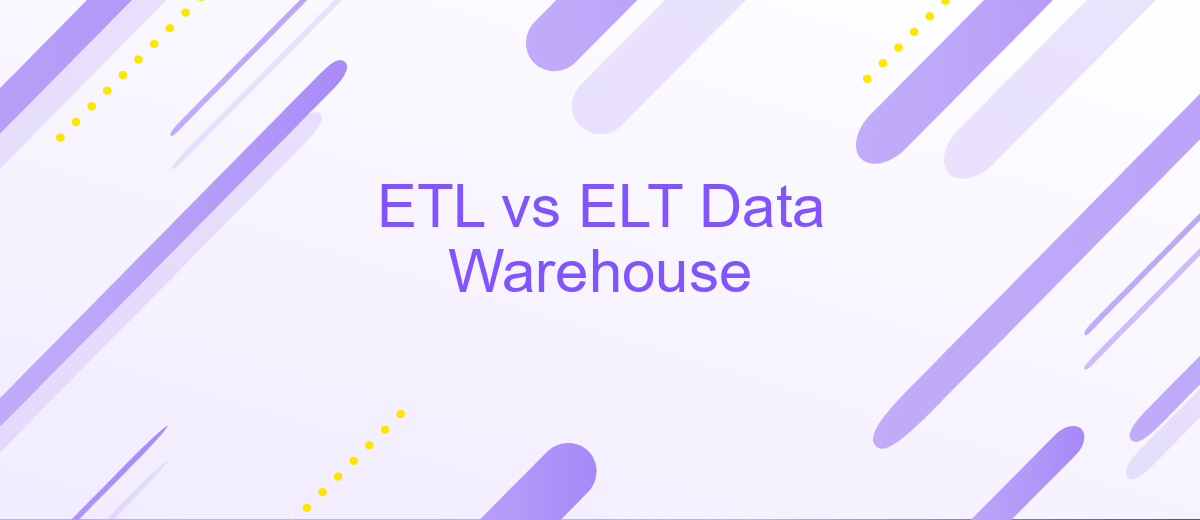ETL vs ELT Data Warehouse
In the realm of data warehousing, the choice between ETL (Extract, Transform, Load) and ELT (Extract, Load, Transform) processes can significantly impact performance and efficiency. Both methodologies aim to streamline data integration, but they differ in execution and application. This article explores the key differences, benefits, and use cases of ETL vs. ELT to help you make an informed decision.
ETL vs. ELT Data Warehouse: A Comparative Analysis
ETL (Extract, Transform, Load) and ELT (Extract, Load, Transform) are two prominent data integration methods used in data warehousing. While both aim to consolidate data from various sources into a centralized repository, they differ significantly in their approach and execution.
- ETL: Data is first extracted from source systems, then transformed into a suitable format, and finally loaded into the data warehouse.
- ELT: Data is extracted from source systems and loaded directly into the data warehouse, where transformation occurs using the warehouse's processing power.
- Performance: ELT leverages the scalable compute resources of modern data warehouses, making it faster for large datasets.
- Complexity: ETL requires more upfront planning and development, while ELT can be more flexible and adaptable to changes.
Choosing between ETL and ELT depends on the specific requirements of your organization, including data volume, processing power, and integration needs. Tools like ApiX-Drive can simplify the integration process, supporting both ETL and ELT workflows by automating data extraction, transformation, and loading from various sources, thus enhancing efficiency and reliability.
Key Distinctions in Architecture and Data Transformation

ETL (Extract, Transform, Load) and ELT (Extract, Load, Transform) differ fundamentally in their architectural approaches and data transformation processes. In ETL, data is first extracted from various sources, transformed into a suitable format, and then loaded into the data warehouse. This method requires a dedicated ETL server to handle the transformation before loading, making it suitable for smaller data sets and systems with limited processing power. Conversely, ELT involves extracting data and loading it directly into the data warehouse, where the transformation occurs. This approach leverages the processing power of modern data warehouses, making it ideal for large volumes of data and complex transformations.
One key distinction lies in the integration setup. ETL often requires more intricate configurations and monitoring, while ELT simplifies this by utilizing the data warehouse's capabilities. Services like ApiX-Drive can streamline the integration process for both ETL and ELT by automating data transfers between sources and destinations. This tool facilitates seamless connectivity, reducing manual intervention and ensuring data consistency. Thus, while ETL and ELT serve similar purposes, their architectural differences and transformation processes cater to different needs and environments.
Pros and Cons of ETL and ELT Approaches

When considering ETL (Extract, Transform, Load) and ELT (Extract, Load, Transform) approaches for data warehousing, it's essential to weigh their respective advantages and disadvantages.
- ETL Pros:
- Data is cleaned and transformed before loading, ensuring high data quality.
- Better performance for complex transformations as they are done before loading.
- Ideal for traditional data warehouses and structured data.
- ETL Cons:
- Time-consuming due to the transformation step before loading.
- Requires more upfront design and maintenance effort.
- Less flexibility for handling unstructured data.
- ELT Pros:
- Faster loading times as data is loaded before transformation.
- Better suited for big data and cloud-based data warehouses.
- More flexible in handling both structured and unstructured data.
- ELT Cons:
- Data quality issues may arise as transformations are done post-loading.
- Performance can be impacted by complex transformations on large datasets.
- Requires robust data governance and monitoring tools.
In summary, ETL is well-suited for traditional, structured data environments, while ELT is advantageous for modern, scalable data architectures. Tools like ApiX-Drive can streamline integration processes, making it easier to implement either approach depending on your specific needs.
Case Studies and Real-World Applications

ETL and ELT processes are pivotal in various industries for effective data management and decision-making. A leading retail company implemented ETL to streamline their inventory management system, resulting in a 20% reduction in stockouts and overstock situations. By transforming raw sales data into actionable insights, they optimized their supply chain operations and enhanced customer satisfaction.
In the healthcare sector, a hospital network adopted ELT to analyze patient data in real-time. This enabled them to predict patient admissions and allocate resources more efficiently, ultimately improving patient care and operational efficiency. The flexibility of ELT allowed them to handle large volumes of data with minimal latency.
- A financial institution utilized ETL to consolidate data from multiple sources, ensuring compliance with regulatory standards.
- An e-commerce platform leveraged ELT for personalized marketing, analyzing customer behavior to tailor promotions and increase sales.
- A logistics company used ETL to integrate data from various transportation modes, optimizing delivery routes and reducing fuel costs.
Tools like ApiX-Drive facilitate seamless integration of data sources, making it easier for businesses to implement ETL and ELT processes. By automating data workflows, companies can focus on deriving insights and making data-driven decisions, enhancing overall efficiency and performance.
- Automate the work of an online store or landing
- Empower through integration
- Don't spend money on programmers and integrators
- Save time by automating routine tasks
Choosing the Optimal Approach Based on Business Requirements
When choosing between ETL and ELT for your data warehouse, it's crucial to consider your specific business requirements. ETL (Extract, Transform, Load) is often preferred when data needs to be cleaned and transformed before loading into the data warehouse. This approach is ideal for businesses that require high data quality and consistency. ETL processes can be more time-consuming but offer greater control over data transformations, making it suitable for complex data workflows.
On the other hand, ELT (Extract, Load, Transform) is advantageous for organizations that handle large volumes of raw data and need faster data loading. ELT leverages the processing power of modern data warehouses to perform transformations after the data is loaded. This approach is efficient for real-time analytics and big data applications. For seamless integration and automation of data workflows, services like ApiX-Drive can be utilized to connect various data sources and streamline the ETL or ELT processes, ensuring optimal performance and flexibility based on your business needs.
FAQ
What is the main difference between ETL and ELT?
When should I use ETL over ELT?
What are the benefits of ELT?
Can I automate the ETL/ELT process?
Is it possible to switch from ETL to ELT in an existing data warehouse?
Apix-Drive is a universal tool that will quickly streamline any workflow, freeing you from routine and possible financial losses. Try ApiX-Drive in action and see how useful it is for you personally. In the meantime, when you are setting up connections between systems, think about where you are investing your free time, because now you will have much more of it.


